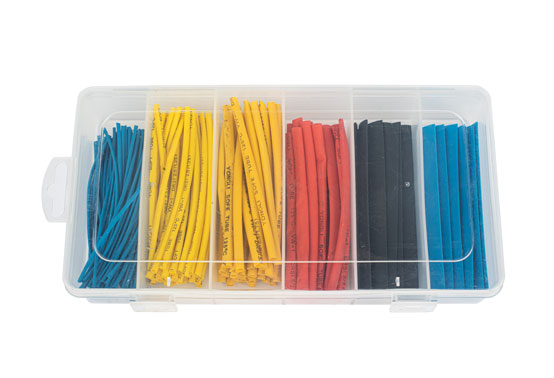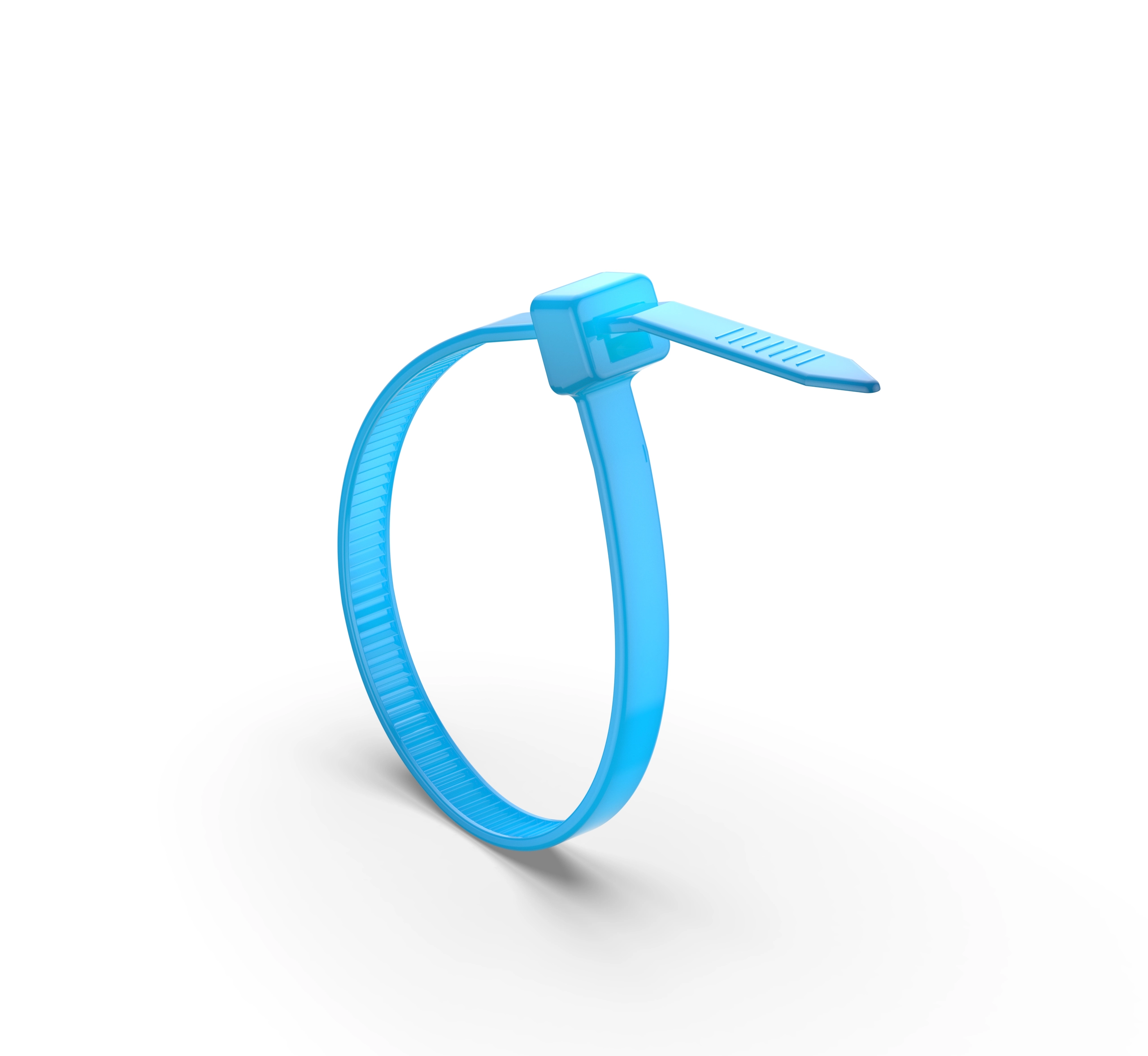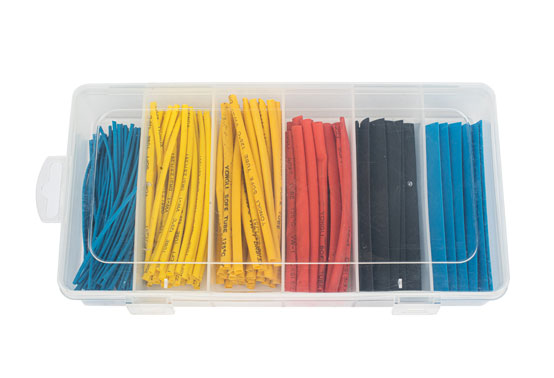Tel
0577-62795555
Tel
0577-62795555
Marine zip ties, also known as cable ties, play a crucial role in securing and organizing various items both on land and at sea. These versatile and durable tools are designed to withstand the harsh conditions of marine environments, ensuring that your equipment stays safe and secure. To make the most of these invaluable accessories, it is important to follow safety guidelines and best practices. In this blog, we will explore three essential safety tips for using marine zip ties effectively and securely to ensure the utmost protection for your equipment.
Selecting the appropriate marine zip ties for the task at hand is crucial to ensure their effectiveness. When working in marine environments, it is important to choose zip ties specifically designed for such conditions. Marine zip ties are made from high-quality UV-resistant materials that can withstand prolonged exposure to sunlight, saltwater, moisture, and other corrosive elements. Look for zip ties that are rated for marine use, ensuring they are resistant to degradation and maintain their strength and durability over time.
Additionally, consider the size and strength of the zip ties. Different applications may require different lengths and tensile strengths. Assess the weight and size of the items you intend to secure and choose zip ties that can safely handle the load. Using zip ties with a higher tensile strength than necessary will provide an extra layer of safety and prevent any unexpected failures.
To ensure the effectiveness and security of marine zip ties, proper installation techniques are crucial. Follow these guidelines to achieve the best results:
Clean and Dry Surfaces: Before attaching zip ties, it is important to ensure that the surfaces are clean and dry. Moisture, grease, or debris can affect the adhesion and grip of the zip ties, compromising their effectiveness. Wipe down the surfaces with a clean, dry cloth to remove any contaminants and ensure a secure attachment.
Avoid Over-tightening: While it is crucial to achieve a tight and secure fit, over-tightening can damage the equipment or the zip ties themselves. Over-tightened zip ties may also fail prematurely, compromising the safety of your equipment. Use just enough tension to securely hold the items together without causing any damage.
Cut the Extra Length: After tightening the zip ties, ensure to trim the excess length. Leaving long ends can be hazardous, especially in marine environments where loose ends may get entangled or cause injury. Use a sharp pair of wire cutters to trim the excess and prevent any potential hazards.
Marine environments can be harsh and unpredictable. Regular inspections of your secured items and the zip ties themselves are essential to ensure ongoing safety. Check for any signs of wear, degradation, or damage to the zip ties. If you notice any cracks, fraying, or loss of tension, replace the zip ties immediately to maintain the integrity of your equipment.
Additionally, inspect the secured items to ensure that they remain tightly fastened. Movement, vibrations, and exposure to the elements can cause gradual loosening of zip ties. Regularly check for any signs of loosening and re-tighten or replace the zip ties as necessary to avoid any potential accidents.
Marine zip ties are indispensable tools for ensuring the safety and organization of equipment in marine environments. By choosing the right zip ties, following proper installation techniques, and conducting regular inspections, you can effectively secure your equipment and prevent any unforeseen mishaps. Remember to select marine-specific zip ties that are resistant to UV radiation, saltwater, and moisture, and always use the appropriate size and tensile strength for your applications. Following these safety tips will help you make the most of your marine zip ties and ensure the utmost protection for your equipment.
Related Cable Tie Articles



